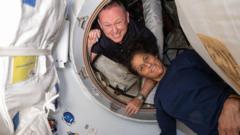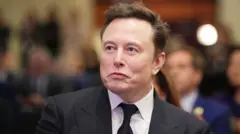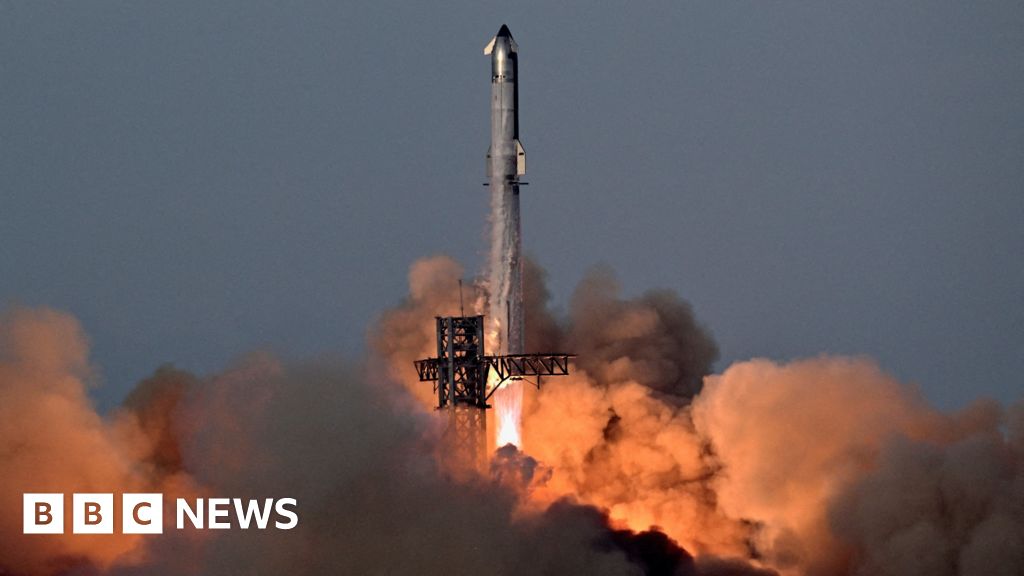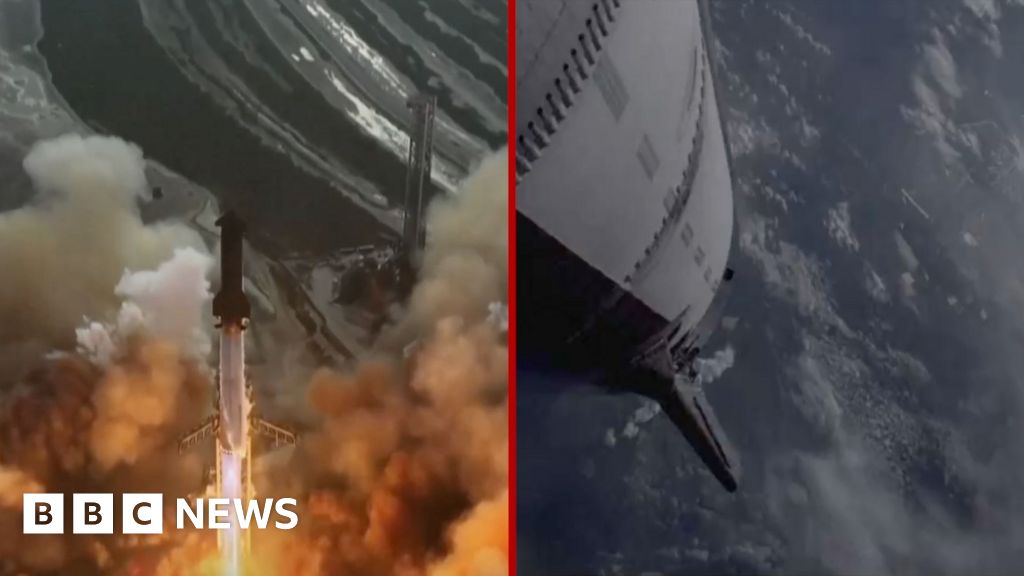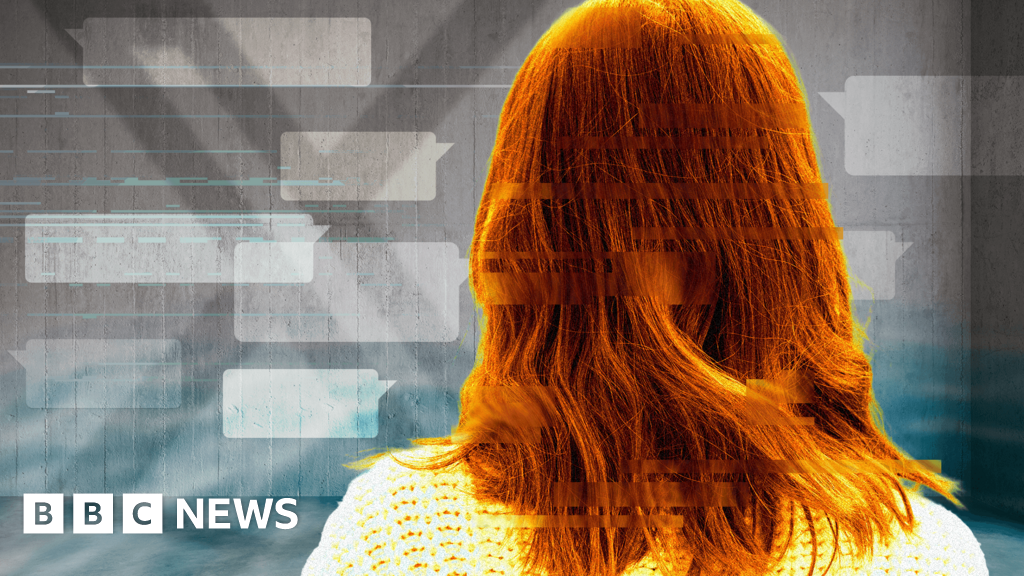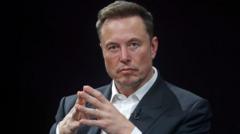SpaceX has successfully launched a rocket carrying a new crew to the International Space Station (ISS), paving the way for the eventual return of NASA astronauts Butch Wilmore and Suni Williams. The duo was intended to remain in orbit for only eight days, but due to ongoing technical challenges with their craft, their stay has stretched well past nine months.
Steve Stich, NASA's commercial crew program manager, expressed relief and excitement at the prospect of bringing Wilmore and Williams home after their extended mission. The astronauts, alongside their ISS colleagues—including NASA's Nick Hague and Russian cosmonaut Aleksandr Gorbunov—will soon welcome four new astronauts arriving from Russia, Japan, and the United States for a handover period.
The return journey for Wilmore and Williams is expected to begin just two days after the new crew arrives. However, potential delays could arise depending on Earth-bound weather conditions, as explained by Dana Weigel, manager of the ISS program. Weather factors must align for a safe re-entry, a precaution that underscores NASA's commitment to crew safety.
Both astronauts have shared their contentment during their protracted stay, with Suni Williams famously referring to the ISS as her "happy place." However, the unexpected duration of their mission has likely disrupted their personal lives back on Earth, as highlighted by Dr. Simeon Barber from the Open University.
Originally launched to test Boeing's Starliner spacecraft, which faced various delays and technical problems—including thruster malfunctions and gas leaks—NASA ultimately decided against risking a return on the Starliner. By opting for the successful SpaceX Dragon capsule, NASA prioritized the well-being of its astronauts, even if it meant extending their time in space longer than anticipated.
Boeing has publicly expressed dissatisfaction with the choice to utilize a competitor's craft for the astronauts' return, a sentiment that has not gone unnoticed in various circles. Both former president Trump and SpaceX CEO Elon Musk have recently suggested that political factors contributed to the delay in Wilmore and Williams' return, assertions that NASA officials have firmly rebuffed.
As discussions about the implications of this decision continue, experts agree that the astronauts' safety has always been the foremost concern in planning their eventual homecoming, with a collective anticipation for their return to Earth alongside their crewmates.

